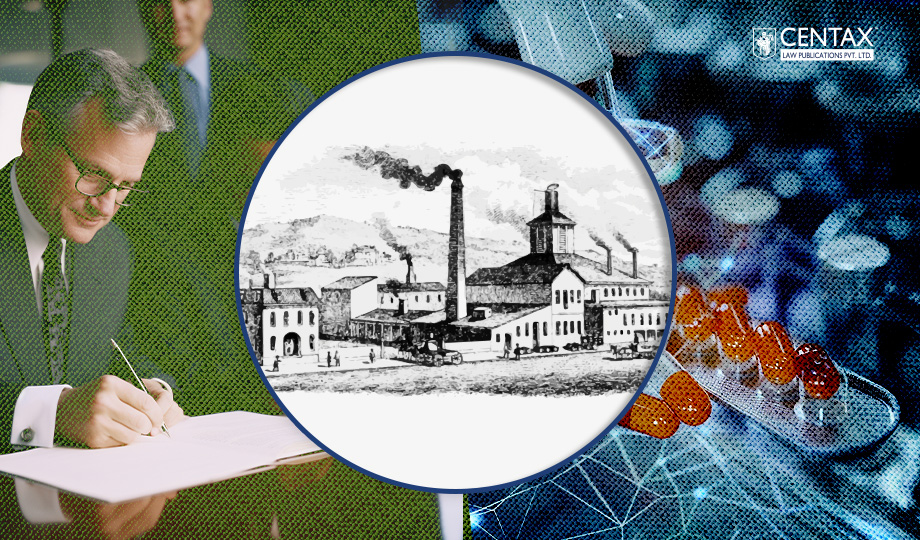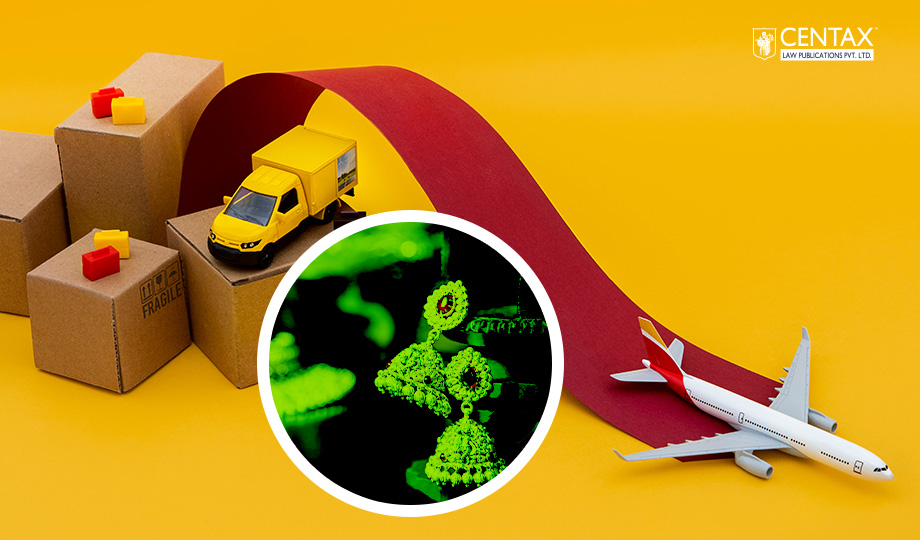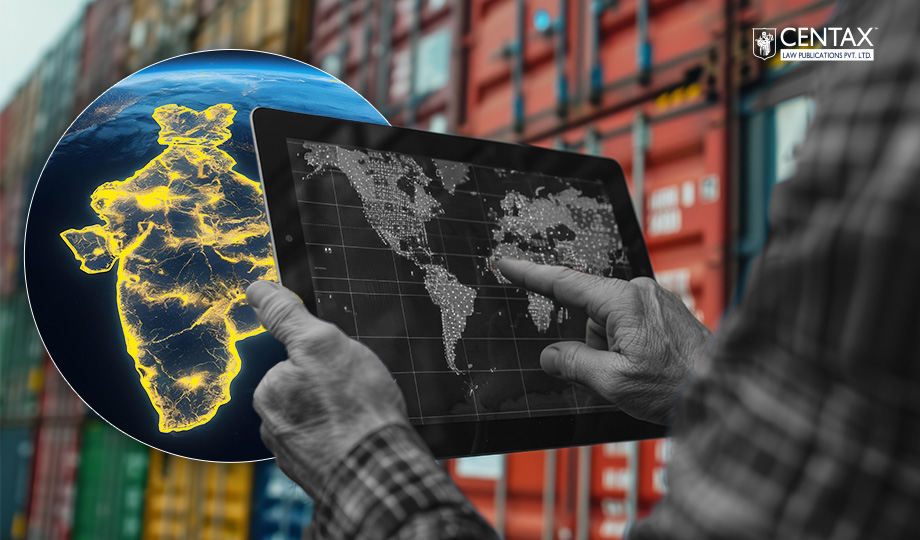
Notification No. 31/2025-26, Dated 23-09-2025
1. Introduction
The Central Government has released a notification revising the SCOMET (Special Chemicals, Organisms, Materials, Equipment and Technologies) List under Appendix-3 of Schedule-II (Export Policy), ITC(HS), 2022. The SCOMET List governs the export of sensitive items and technologies, and its periodic revision ensures that India’s export control framework remains aligned with international commitments.
2. Alignment With Multilateral Regimes
The notification highlights that the updated list has been revised in line with multilateral export control regimes. These regimes are global frameworks aimed at regulating the trade of dual-use items and sensitive technologies to prevent their misuse while enabling legitimate trade. By aligning with these regimes, India continues to strengthen its commitment to non-proliferation and responsible export practices.
3. Availability of Revised Appendix
The revised Appendix-3, containing the updated SCOMET List, will be published on the DGFT website under the section ‘Regulatory Updates’ and the sub-heading ‘Import, Export and SCOMET Policy’. This step ensures easy access for exporters, industry stakeholders, and regulatory authorities, allowing them to review the changes and incorporate them into their compliance frameworks.
4. Transition Period for Stakeholders
The Government has provided a 30-day transition period from the date of notification before the revised SCOMET List comes into effect. This buffer period allows exporters, industry participants, and compliance officers sufficient time to understand the changes, evaluate their implications, and adjust internal systems accordingly. It also ensures that no disruption occurs in ongoing trade operations.
5. Conclusion
With the issuance of this notification, the Central Government has reinforced its commitment to aligning India’s export policies with global standards while supporting industry compliance. The revision of the SCOMET List enhances regulatory clarity, promotes responsible trade, and provides a structured transition period for stakeholders. This move will contribute to both national security objectives and the smooth functioning of international trade.




















